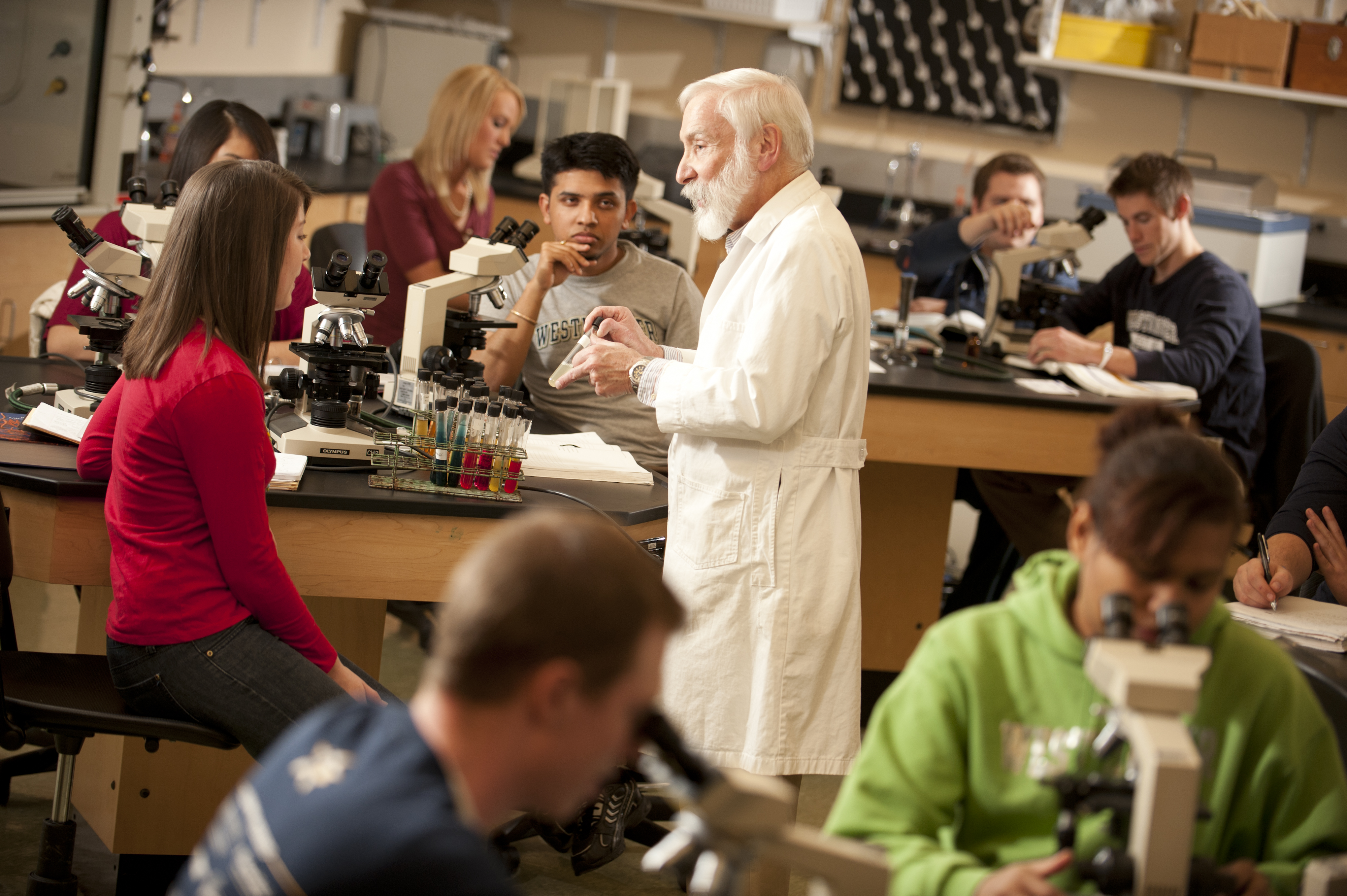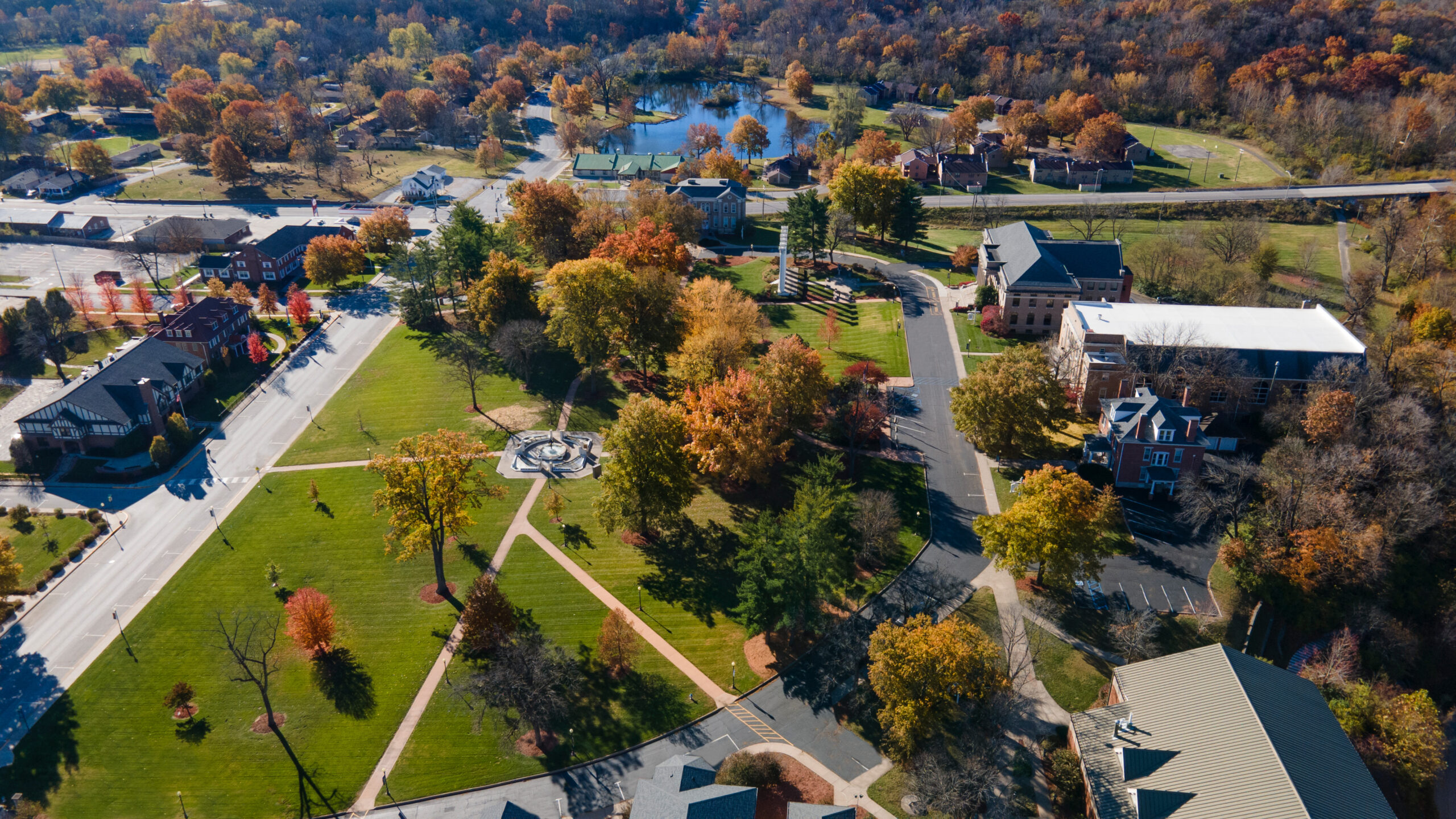Westminster Professor of Biology Dr. Michael Amspoker was recently published in the Journal of Diatom Research, produced by the International Society for Diatom Research. In this article, titled “Eunotogramma litorale sp. nov., a marine epipsammic diatom from Southern California, USA,” Dr. Amspoker describes a new species of marine diatom that lives attached to sand grains (epipsammic) from a beach in La Jolla. Diatom are unicellular, microscopic algae that live in silica (glass) shells and are responsible for 40% of the primary production in the oceans and 25% of all primary production on Earth.
In addition to their contribution to aquatic food chains, humans have found other uses for diatoms, such as using them as indicators of water quality, abrasives, insecticides, filtration and stabilizing nitroglycerin as dynamite (and hence contributing to Alfred Nobel’s fame and fortune). Although it was his most difficult publication yet, Amspoker says it was well worth it because he loved the journey.
“This type of research is part of who I am,” says Amspoker. “I like to go out and look for things, turning over rocks to find something I haven’t seen before. Scientists have done research from the tops of mountains to the depths of the ocean, but surprisingly, yet few researchers have described many of the microorganisms found on sandy beaches before.”
Westminster College congratulates Dr. Amspoker on his publication.
This is the editorial account for Westminster College news team. Please feel free to get in touch if you have any questions or comments.






